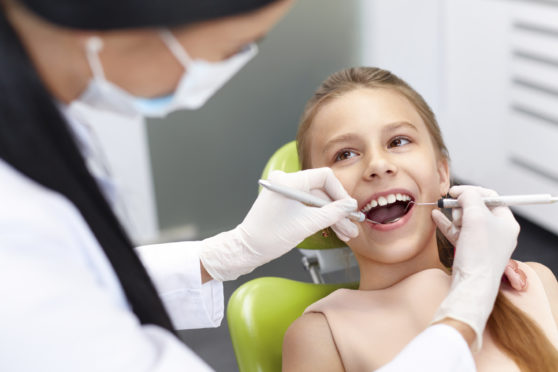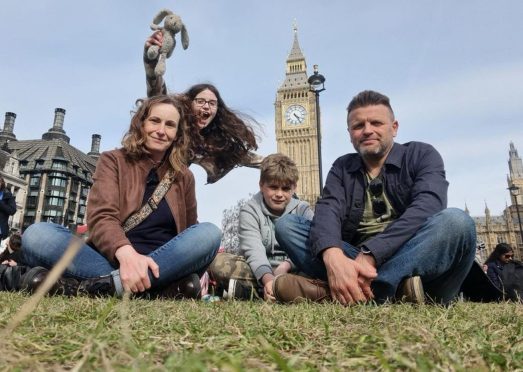Scotland is leading the way in the battle to reduce tooth decay in children, a Dundee expert has claimed.
New figures released as part of the National Dental Inspection Programme yesterday revealed that 80% of primary seven pupils in Scotland have no sign of decay on permanent teeth.
This is up from just over half (53%) when records began in 2005.
Tayside is marginally below the national average, with 79.4% of children showing no sign of obvious decay, while Fife performs slightly better, with 80.7% of primary seven children showing no signs of decay.
However, the figure show children from Scotland’s poorest areas are more likely to show decay than those from better off areas.
Nearly seven out of 10 children from the most deprived areas (69.5%) show no signs of decay compared to nearly nine out of 10 (88.5%) from the most affluent.
Professor Nicola Innes from Dundee University said the improvement in oral health is down to the groundbreaking ChildSmile programme.
Introduced across Scotland in 2011, the programme includes toothbrushing at nursery and the early years of primary school and fluoride varnishing of teeth.
Professor Innes said: “The thing that has had the most impact on oral health across Scotland is ChildSmile.
“We are the envy of the other nations in the UK.”
Professor Innes said tooth decay can never be eradicated entirely but said there are steps than can be taken to improve oral health even further.
She said: “I think we can achieve a little bit more.
“We really need to follow the World Health Organisation guidelines on sugar intake.
“Things like the sugar tax have had some benefit and hopefully it will have some impact on teeth.”
While Scotland is making progress in the fight against tooth decay, the British Dental Association has called on the Scottish Government to renew its efforts to tackle deep inequalities by investing more on prevention and local resources.
Robert Donald, Chair of the BDA’s Scottish Council, said: “It’s good to see an overall improvement in children’s dental health, but there is absolutely no room for complacency.
“There has been a slight reduction in the inequalities gap, but the difference remains stark.
“Ministers need to ensure that not only is the overall improvement sustained, but also make every effort to tackle inequalities in the oral health of our children.”
Scottish Government public health minister Joe FitzPatrick said: “These statistics show that the dental health of children across Scotland continues to improve, with no obvious signs decay in four out of five P7 children – up from around half in 2005.
“This report also shows a narrowing in oral health inequalities, which is encouraging.
“To ensure we continue to tackle this, we have extended the Childsmile Programme so that children living in our most deprived areas are entitled to receive fluoride varnish applications at nursery or school in addition to those at their dental practice.”










